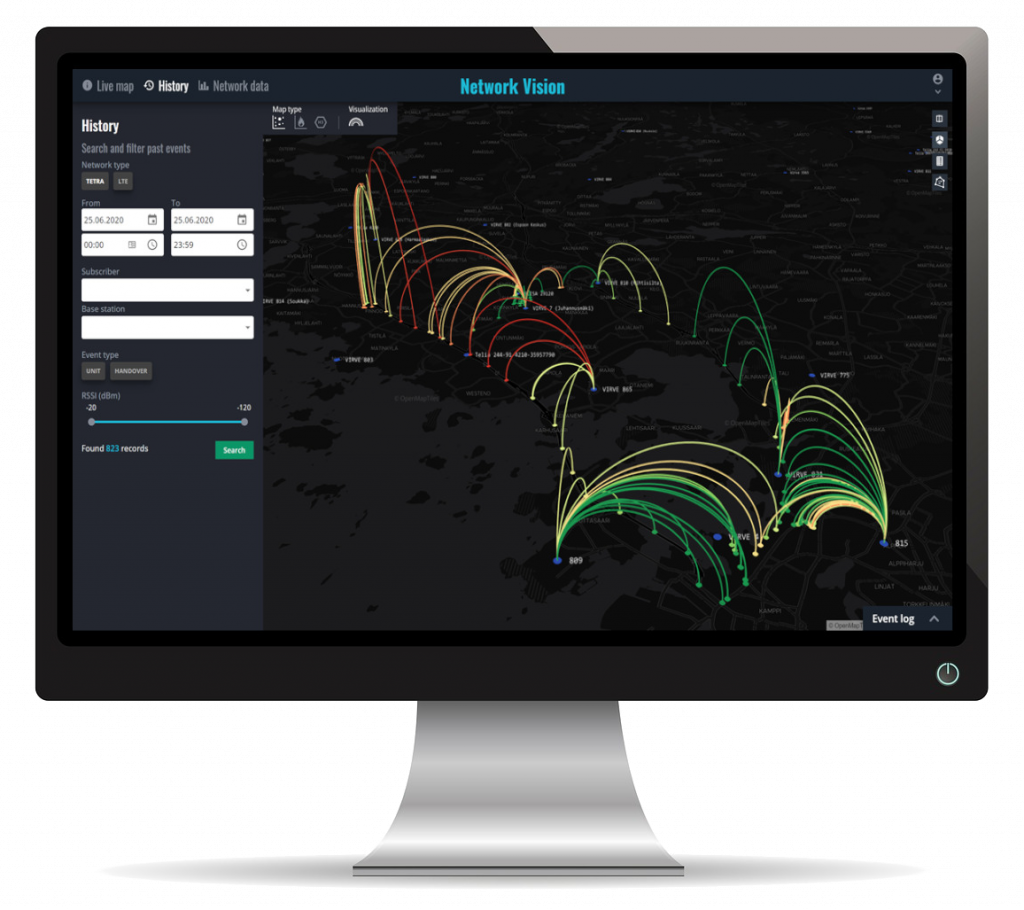The demand for network availability is increasing as more and more services and technologies rely on having a robust connectivity with excellent coverage and capacity to always be available. The ability to detect network issues and react to them in real-time, or even proactively, will become more important than ever.
This applies especially to critical communications networks used by public safety, where problems in the network may have serious consequences. This is also true for private networks often deployed for professional use e.g., transportation, security services, factory automation, utilities, healthcare with high expectations of availability, performance, security, and flexibility.
While traditional network management systems monitor alarms, KPIs and equipment status on such networks quite well, some problems are not visible for the NMS. Only the users will experience the problem, jeopardizing the operation.
Operators and organisations traditionally do drive testing to validate network coverage and find places where network needs to be optimised. However, drive testing is very resource heavy, is not effective for detecting problems proactively and in some cases lacks the ability to detect the real-world service quality received by the users (measurements collected with special hardware).
This is where crowdsourcing helps.
Here are 6 reasons why you should collect network performance data directly from end-users’ devices.
-
Compare real-world service quality against planned and detect blind spots
Create a geographical map of the network as the end-users see it. Compare the real-world service quality against planned service quality and detect blind spots.
-
Analyse subscriber’s service quality without performing resource heavy drive testing
Reduce the need for resource heavy drive testing and instead analyse the service quality directly from the existing radios and mobile devices in the field. Also crowd-sourcing scales, test driving does not.
-
Detect problems immediately or even proactively before users are affected
Utilise real-time collection together with analytics and detect exceptional or abnormal characteristics (anomalies) in the network immediately or even proactively. -
Improve response time (Tactical network monitoring)
In case a problem occurs, detect which subscribers are impacted and where and perform precautionary measures to guarantee service and success of the operations. -
See how different devices perform in the network and detect faulty devices
See how different devices perform in the network to get indication of faulty or incorrectly provisioned devices. Use the performance metrics to back up your future device purchase decisions. -
Detect fake base station (IMSI catcher) or locations of potential interference
Monitor and analyse collected service quality information, noise ratios, base station information and location information to detect potential interference or fake base stations.
